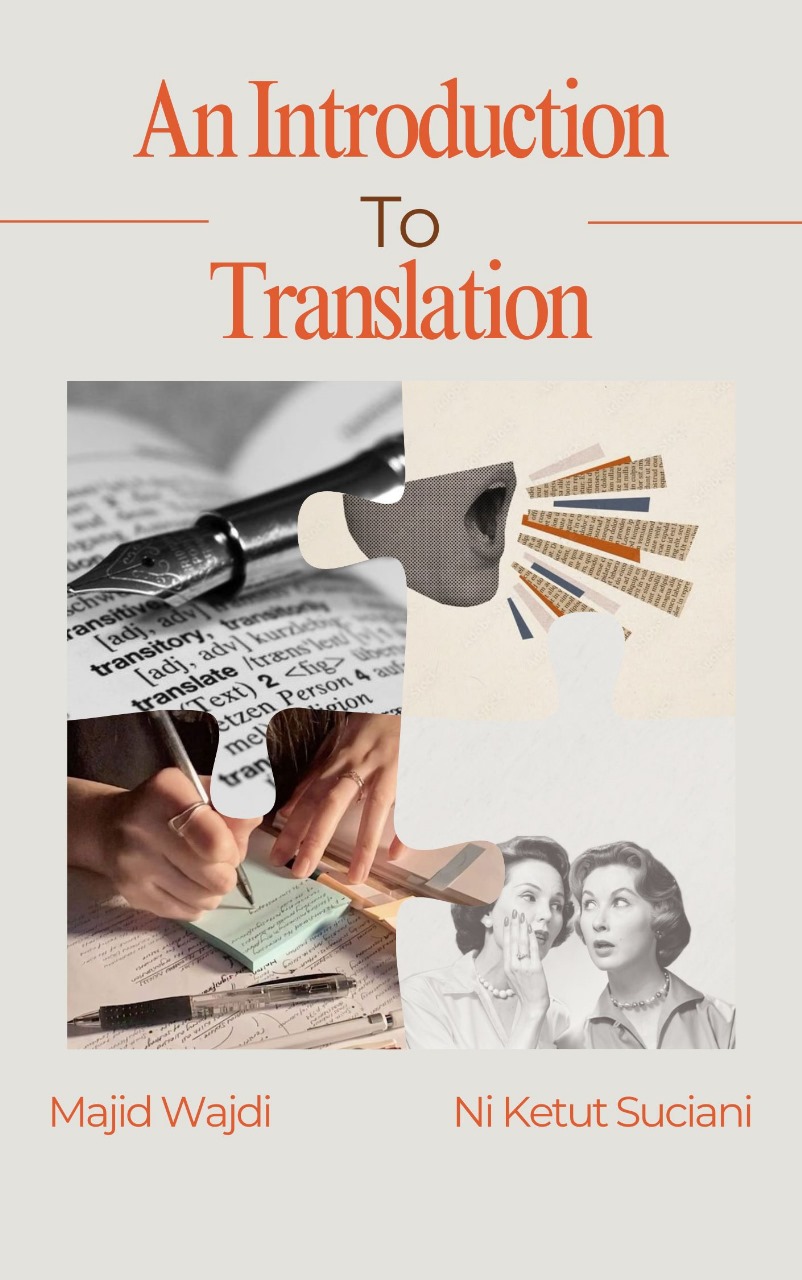Chapter 2 Translation Methods and Techniques
Keywords:
Translation Methods, Translation Techniques, Text Analysis, Cultural Adaptation, Linguistic EquivalenceAbstract
This chapter explores translation methods and techniques, focusing on their application in various linguistic and cultural contexts. The objective of learning this topic is to understand different translation approaches, such as literal, free, communicative, and semantic translation, and how they influence the quality and accuracy of translated texts. The method of learning involves theoretical study and practical exercises, where learners analyze translated texts, compare different techniques, and evaluate their effectiveness in preserving meaning and cultural nuances. The analysis examines the strengths and limitations of each method, considering factors such as text type, audience, and purpose. It also discusses challenges translators face, including idiomatic expressions, cultural references, and untranslatable terms. The conclusion highlights that selecting an appropriate translation method depends on the nature of the text and the intended audience. Mastering translation techniques enhances linguistic proficiency, cross-cultural competence, and professional translation skills.
Downloads
References
Baker, M. (2018). In other words: A coursebook on translation (3rd ed.). Routledge.
Hatim, B., & Munday, J. (2019). Translation: An advanced resource book for students (2nd ed.). Routledge.
Sinner, C., Paasch-Kaiser, C., & Härtel, J. (Eds.). (2020). Translation in the digital age: Translation 4.0. Cambridge Scholars Publishing.
Winters, M., Deane-Cox, S., & Böser, U. (Eds.). (2024). Translation, interpreting and technological change: Innovations in research, practice and training. Bloomsbury Academic.
Downloads
Published
Issue
Section
License
Copyright (c) 2025 Majid Wajdi, Ni Ketut Suciani (Author)

This work is licensed under a Creative Commons Attribution-NonCommercial-ShareAlike 4.0 International License.
License Terms
1. Open Access Policy
This journal provides immediate open access to its content, supporting the principle that making research freely available to the public fosters greater global knowledge exchange.
2. License Type
All articles published in this journal are distributed under the Creative Commons Attribution License (CC BY 4.0). This license allows others to:
- Share: Copy and redistribute the material in any medium or format.
- Adapt: Remix, transform, and build upon the material for any purpose, even commercially.
Under the following terms:
- Attribution: You must give appropriate credit, provide a link to the license, and indicate if changes were made. You may do so in any reasonable manner, but not in any way that suggests the licensor endorses you or your use.
3. Author Rights
Authors retain the following rights:
- The right to use the substance of the article in future publications of their own, provided that proper acknowledgment is given to the original publication in this journal.
- The right to reproduce the article for their own purposes, including for educational use.
4. Copyright
Authors who publish in this journal agree to the following terms:
- The copyright for articles remains with the authors.
- Authors grant the journal a non-exclusive license to distribute their work and ensure its indexing and visibility through various repositories.
5. Responsibility
The journal holds no responsibility for content accuracy, completeness, or reliability. Responsibility lies solely with the authors of the published work.
6. Revisions and Updates
These license terms may be revised or updated. Any changes will apply to future articles submitted after the date of the update.



